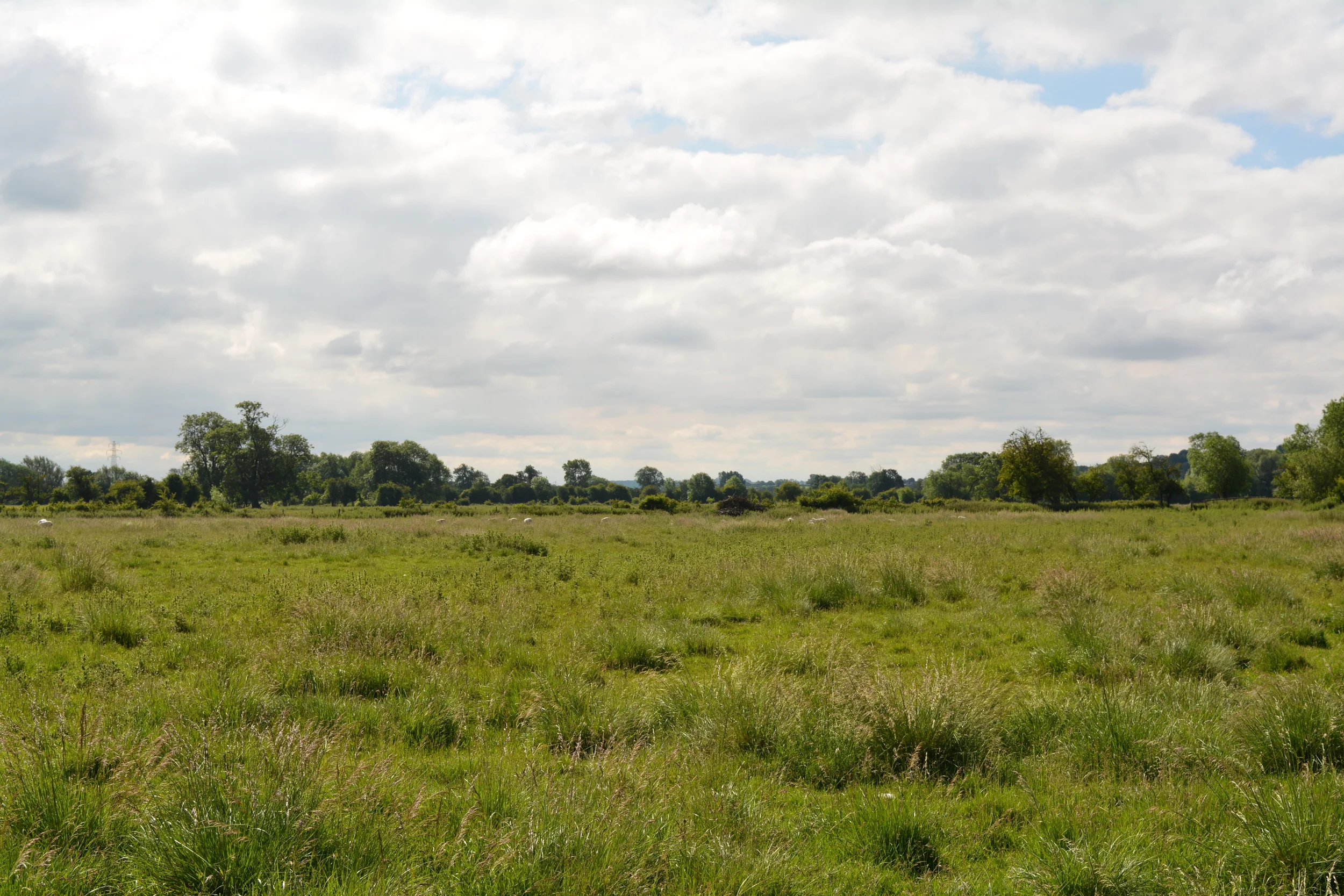The Willows Farm, Uttoxeter, Staffordshire
Client: TGC Renewables, Glasgow
Proposal: Solar PV Array
The Willows Farm lies on the outskirts of the busy Staffordshire market town of Uttoxeter, just south of the River Dove which forms the border with neighbouring Derbyshire.
At the time of AH's surveys, the farmland was under pasture and used for cattle and hay. However, in light of significant falls in the value of farm produce, the landowners elected to diversify their interests with the addition of an area of solar PV panels to their land. Much of the fieldscape which comprises the farmland attached to The Willows was formerly part of a wider system of post-medieval water meadows, one of the largest and possibly earliest in the region. The addition of a solar PV array to the historic landscape of the area was never going to be a straightforward undertaking, and a large part of AH’s remit was focused on ensuring that impacts on the historic landscape were minimised and mitigated appropriately.
Armour Heritage was commissioned in the first instance to undertake an historic environment desk based assessment of the proposed solar PV site, which identified areas of lower impact, both from a landscape and visual perspective, and with regard to the apparent quality and distribution of surviving earthwork features. Following negotiation with the County Archaeologist, the proposed solar PV area was reduced and subsequent LiDAR analysis, supported by further assessment of the significance and the setting of the water meadows was completed. This data was further enhanced through geophysical survey which led finally to the site being consented in July 2015.
Two mitigation options are currently under discussion. The first involves further fieldwork, at the request of the LPA's archaeological advisor, where a limited number of trial trenches would both ground-truth the geophysical survey results and examine the survival of the water meadows in this area, adding to local knowledge of the system through the inclusion of the results in the Staffordshire Historic Environment Record. Option 2 involves detailed planning of the positioning of the solar panel bases and cable runs, to achieve total avoidance of any potential features of archaeological significance.
Return to Case Studies.
